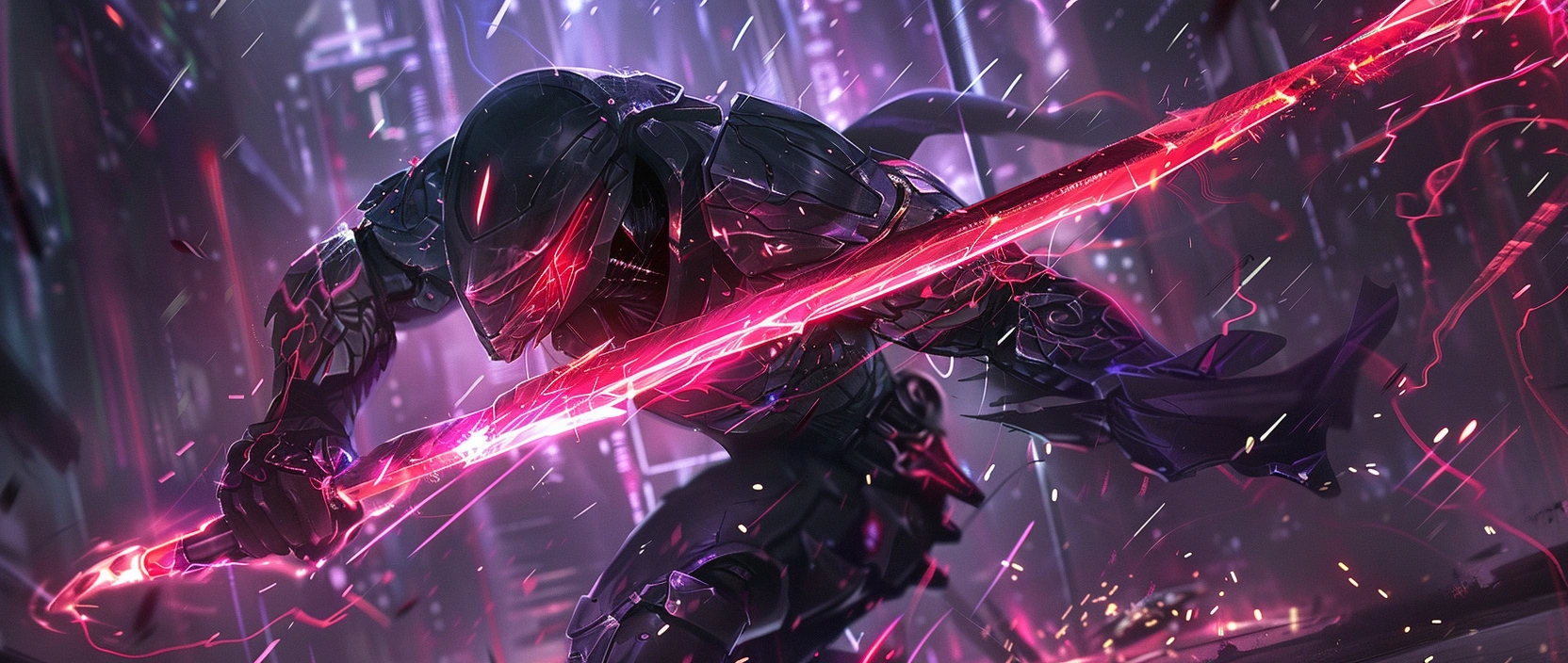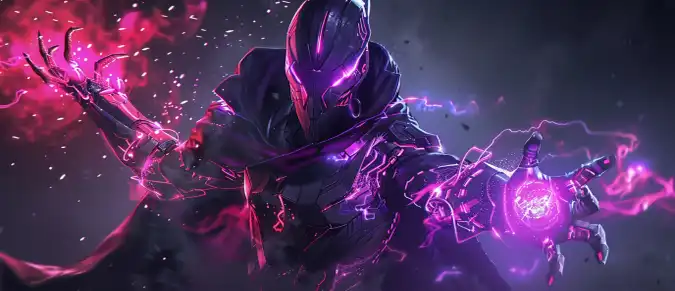Imaginus is an innovative Web3 game in the 2D MOBA genre, created to merge competitive gameplay, a digital economy, and a hybrid Web2/Web3 model. The project introduces fast-paced 3v3 battles, NFT-based characters, a decentralized asset ownership system, and deep customization options. The developers aim to deliver a product accessible to a wide audience while preserving the core advantages of blockchain technology. This article presents an in-depth analysis of Imaginus’ concept, technical architecture, tokenomics, gameplay mechanics, and long-term development prospects.
Contents
- The Concept and Universe of Imaginus: Foundations and Distinctive Features
- Technical Architecture and Web3 Integration
- Economy, Tokens, and NFT System
- Gameplay, Modes, and Core Game Mechanics
- Advantages, Challenges, and Future Prospects of Imaginus

1. The Concept and Universe of Imaginus: Foundations and Distinctive Features
Imaginus creates a dynamic 2D MOBA environment where teams compete in 3v3 matches using unique characters and abilities. The defining feature of the game is its focus on gameplay quality rather than profit-driven mechanics, making it stand out from early GameFi projects. The in-game universe is built around the concept of digital identity: every hero, skin, and item can exist as an NFT, emphasizing the uniqueness and progression of each player.
The developers highlight a seamless transition between Web2 and Web3. New players can enjoy the game like a regular mobile title without interacting with blockchain. As their interest grows, they can connect a wallet and transfer their progress into the Web3 ecosystem. This approach removes common onboarding barriers and creates a smooth introduction to decentralized gameplay.
The project follows a strategy of gradual expansion — a continuously evolving universe where new modes, heroes, ranked events, and seasonal updates will appear over time. This ensures long-term engagement and supports the formation of an active community. Imaginus aims to become a platform where gameplay progress directly contributes to the growth of a player’s digital portfolio.
2. Technical Architecture and Web3 Integration
The technical architecture of Imaginus is built on a hybrid model: all gameplay logic operates within a Web2 framework, while economic and tokenized components run on Web3. This ensures high performance and low latency, which are crucial for competitive multiplayer experiences. Meanwhile, the Web3 layer works in parallel, enabling ownership of assets, NFTs, and in-game tokens.
According to the project documentation, interaction between the two layers is handled through APIs connecting the game client, player wallets, NFT storage, and the asset marketplace. Every NFT undergoes validation to protect players from counterfeit items and ensure authenticity. Over time, the architecture will expand to include DAO governance, cross-game compatibility, and enhanced social features.
Key Architecture Components:
| Component | Description | Role in the Ecosystem |
|---|---|---|
| Game Client | A 2D MOBA optimized for minimal latency and responsive controls | Core gameplay and player interaction |
| Web3 API Layer | Interfaces connecting the client with blockchain infrastructure | Processing NFTs, tokens, and transactions |
| NFT Storage | Decentralized system for recording digital assets | Ensures ownership and authenticity |
| Asset Marketplace | Platform for buying, selling, and trading NFTs | Supports player-driven economic activity |
The technology enables Imaginus to scale without losing stability, even as the player base expands. The architecture is designed to accommodate new asset types, expanded maps, improved matchmaking systems, and integration with external Web3 projects. This foundation paves the way for Imaginus to evolve into a multi-layered Web3 gaming platform.
3. Economy, Tokens, and NFT System
The economic model of Imaginus focuses on sustainability and meaningful utility. At the center of the system is the IMA token, used for governance, rewards, in-game transactions, and staking. The economy is structured so that assets hold value not only due to scarcity but also through direct in-game functionality.
Core Components of the Economic System:
- IMA Token — the backbone of the Web3 ecosystem: rewards, DAO voting, and premium content access.
- NFT Characters — unique heroes owned by players and tied to progression.
- Collectible Skins — cosmetic, seasonal, and rare customization items.
- Asset Marketplace — a dynamic platform for NFT trading.
- “Contribute to Earn” Model — rewards for creators and active community members.
Future updates will expand NFT collections, add hybrid items with temporary buffs, and introduce new economic events. The developers place strong emphasis on controlling inflation and maintaining long-term asset value. The Imaginus economy is designed as a living system that evolves alongside player behavior.

4. Gameplay, Modes, and Core Game Mechanics
Imaginus features fast-paced 3v3 battles where each role and ability combination significantly affects the outcome. Matches are short, making the game suitable for mobile and casual play. Maps contain interactive elements, while heroes have diverse combat styles, adding strategic depth to every encounter.
The game includes ranked modes, seasonal tournaments, event-based rewards, and competitive challenges. Players can refine their skills, experiment with synergies, and participate in the content-creator ecosystem. As the game expands, PvE missions, cooperative modes, and new battlegrounds may be introduced.
The visual style enhances immersion through vibrant abilities, smooth animations, and atmospheric backgrounds. The customization system continues to grow, giving players the freedom to craft a unique identity for their heroes. This transforms Imaginus into both a competitive arena and a creative platform.
5. Advantages, Challenges, and Future Prospects of Imaginus
Imaginus offers several advantages: an accessible entry point, seamless Web2/Web3 integration, dynamic gameplay, and a stable economic model. The game appeals to both traditional gamers and Web3 enthusiasts, creating a rare crossover experience. This versatility gives the project a strong position in the rapidly evolving GameFi landscape.
Challenges remain, including the need for consistent content updates, careful hero balancing, NFT value management, and competition with established MOBA titles. Long-term player retention requires compelling new features, seasonal activities, and high-quality community support.
Despite these challenges, Imaginus shows strong potential. With effective community engagement, the project could become a flagship example of the new GameFi wave — where value is generated through gameplay rather than speculation. DAO implementation, feature expansion, multiplatform growth, and partnerships with other Web3 games may elevate Imaginus to a leading position in the industry.




